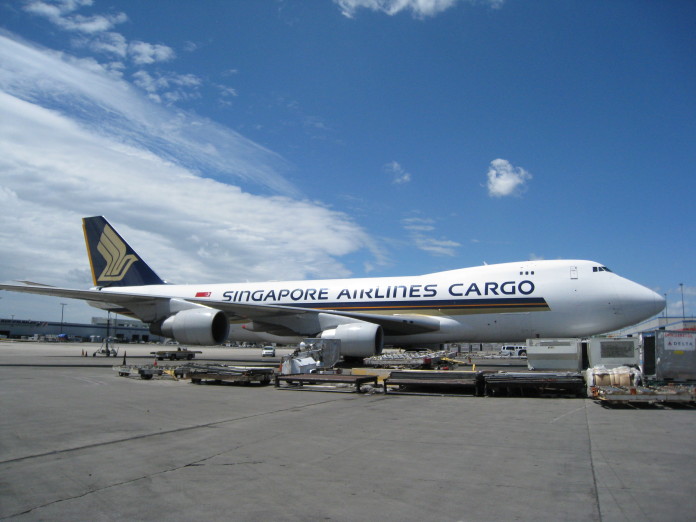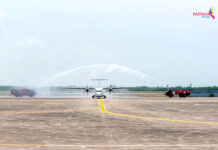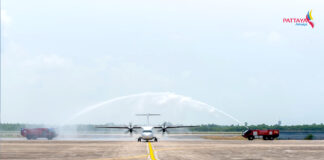

Asian Pacific air cargo carriers continue to be hit by the slowdown in world trade recording a 1.1 per cent year-on-year (YOY) decline in demand in quarter three of this year, according to the Association of Asia Pacific Airlines (AAPA).
The association released its preliminary figures on Thursday 22 October and says airfreight markets “remain subdued” as it seems the impact of weaker output in China and the slowing of some Asian economies continues to negatively affect airfreight volumes.
AAPA director general, Andrew Herdman (pictured), explains: “Air cargo markets have weakened in recent months following the slowdown in world trade. The region’s carriers experienced a 1.1 per cent year-on-year decline in air cargo demand during the third quarter of 2015, after registering a 4.5 per cent increase during the first half of the year.”
In September alone, AAPA says demand measured in freight tonne kilometres (FTK) just matched the same month in 2014, reaching 5.3 billion during the month.
Capacity offered by Asia Pacific carriers continues to outstrip demand and in September the available freight tonne kilometres (AFTK) was 8.4 billion, a 2.3 per cent YOY rise on the 8.2 billion in the same month last year.
The average freight load factor also fell again in September, this time by 1.5 percentage points to 62.7 per cent for the month.
Herdman says despite the challenging trading times, the Asia Pacific region has still seen growth of 2.6 per cent in the first nine months of the year compared to the same period in 2014.
For the first three quarters of 2015, FTK was 47.9 billion, up on the 46.7 billion that was recorded at the same time last year.
Capacity grew in the first nine months with AFTK at 75.5 billion, a four per cent rise on the 72.6 billion for the same period last year.
The freight load factor also fell by 0.9 percentage points for the period to 63.4 per cent, down on the 64.3 per cent in 2014.
Herdman continues: “The operating environment for Asian airlines remains challenging, complicated by the effects of slowing economic growth in emerging markets, and associated exchange rate volatility.
“However, the continued growth in travel demand and lower oil prices have been a positive factor, helping to keep air fares affordable. Overall, Asia Pacific airlines’ profitability is showing modest improvement in an intensely competitive market.”










